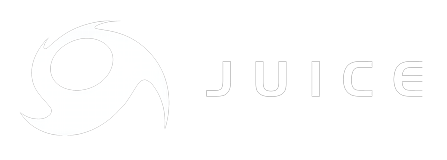Customer Acquisition Cost (CAC) is the cost of acquiring a customer to purchase products. It works along with the Customer Lifetime Value (CLV). CAC is an important term for growth businesses.
If a company knows the cost of bringing a customer on, it can get a clear vision of its capital requirements in reaching a specific level of growth. It is the total spend on digital marketing and other direct costs which the company has deployed to attract customers.
It is a simple measure which can tell us a lot about the performance and return of investment. Once you have some parameters between which the company oscillates on a regular basis, it is easy to interpret. If the CAC is increasing, then it means that you are getting worse results flowing from the marketing efforts. It may be that a specific campaign does not resonate with the target audience or maybe it is becoming increasingly competitive to position the company through specific digital channels. It may be time to consider alternative channels, maybe a different messaging campaign.
What if the CAC is decreasing?
It might be a temporary advantage, a great campaign or a message that really draws the customer to your website, to your product.
In time such efficiencies tend to disappear, due to competitive pressures and of new similar products in the marketplace.
How to measure your CAC?
If you want to measure the actual cost of customer acquisition then you must know about its formula. The formula of the customer acquisition cost is as follows:
Customer Acquisition Cost = ???? ?? ????? + ???? ?? ?????????÷ ??? ???????? ????????
CAC is the sum of the cost of sales and marketing per new customer acquired.
What elements are considered or should be considered in CAC? Here is a list of potential elements which you may want to consider:
· The total cost that you are spending on digital marketing
· Total salaries that you are paying to your employees directly involved in sales and marketing activities, usually only those who have acquisition quotas
· The total cost that you are spending on creating content
· Publishing cost that you spent to publish your ads on TV, newspaper (above the line marketing)
· The cost spent for the maintenance and software updating if used any
Example
Here is an example is given through which you can easily understand the concept of measuring Customer Acquisition Costs.
If you are running a clothing brand and the total cost of sale is £400,000 and the cost of marketing is £300,000, across multiple social media channels. In the same period you gained 1000 additional customers then the total CAC can be calculated as:
Customer Acquisition Cost = ???? ?? ????? + ???? ?? ????????? ??? ???????? ÷ ??? ????????? ????????
Customer Acquisition Cost= £400,000 +£300,000 ÷ 1000
Customer Acquisition Cost = £700
Why Measure your CAC?
By measuring CAC, you can easily understand any trends or pattens in your business you may want to profit from or protect against. Measuring dynamically, month on month is essential, always recalibrating with new types of expenses or systems you are using to reach your customer.
There is an optimal level where you are able to predict and finance growth. It takes many optimisation exercises and practice to assess the best point to be more aggressive in the market and not waste your capital.


